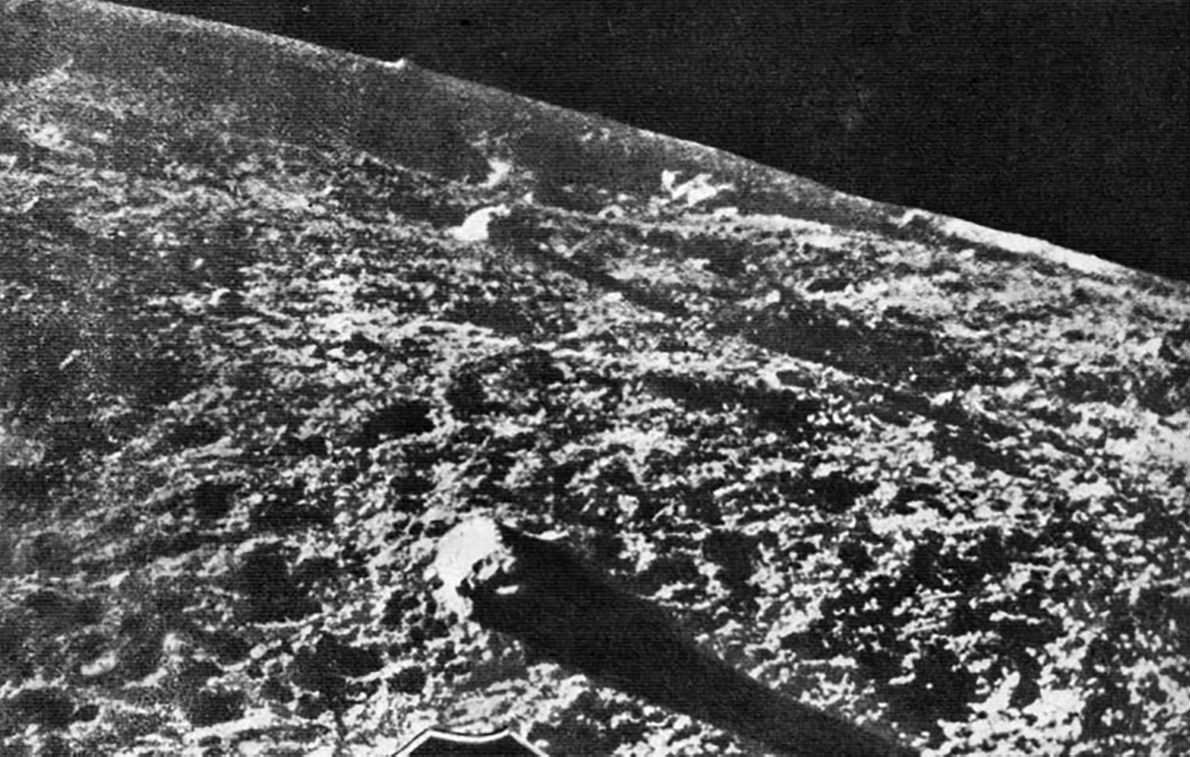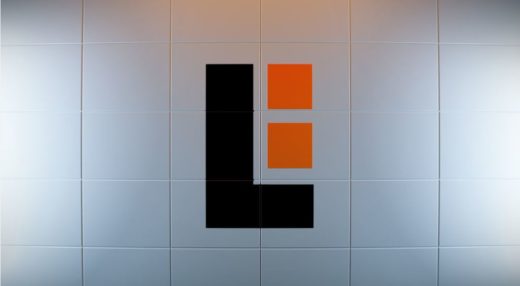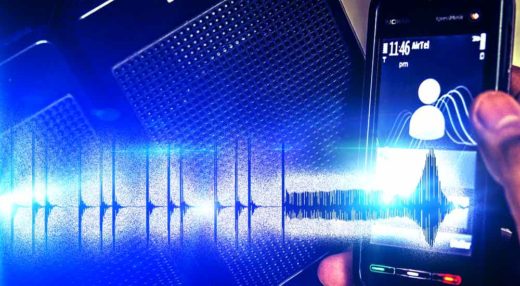Are Satellite Transmissions Encrypted?
Ever wondered if you could listen to the downlink transmissions from all the satellites orbiting the earth? The answer is yes. You can. But not for all the satellites.
Satellite transmissions and encryptions
Most satellites are old. Which means the onboard computers don’t have that much cryptographic processing power to encrypt transmissions on the go. Also, the intention of science and meteorological missions is to make their data available to the public consumption for free. So by design, most of the weather and scientific satellites launched two decades ago won’t be using any type of encryption.
With some commercial or home-built DIY receivers (Software Defined Radio), you can intercept your very own weather data broadcasted by these satellites. Much older satellites, like the Iridium satellites that were launched in the 80s, have no encryption at all. With an SDR, you can right away listen to all the pager communications telemetry of the broadcast, which is in plain text. Yup!
Military satellites, however, do require encryption as secrecy is a critical security factor. So they will be encrypted (even the older ones might be using some sort of weak encryption)
Are space satellites encrypted?
Space satellites sent by space agencies these days are mostly be encrypted, at least for the command and control transmissions. But then again, encryption in long-running and distant missions complicates the transmission and thereby the operation itself. Below are some of the factors that are considered when applying cryptographic security for science and space transmissions.
- Interplanetary signals with encryptions make it impossible to recover error-prone weak signals. For example, if a satellite probe from another planet transmits its observations back to earth, it will be usually transmitted at very low power. And back on earth, this scattered signals, even with long ground dishes, would be weak and broken when received. If those signals were encrypted, then the data received will be nothing but a garbled useless random text that cannot be decrypted with the existing key.
- Scientific data is more common knowledge and does not require any encryption.
- Onboard microprocessors are prone to corruption due to radiation. Hardware-based encryptions are a challenge with radiation-corruption events like bit-flips and sometimes even latch-ups occurring in orbit.[1]
Due to these issues, most missions completely avoid using any cryptographic stuff to their data. This also had led to some minor incidents, like where the very first image of the moon from the Soviet lander Luna 9 was transmitted back unencrypted, and eventually intercepted by a team of radio astronomers in Britain and was published before the Soviets could announce it.[2]

Photograph of the moon as captured by Luna 9.
Another similar incident is when amateur radio astronomer Larry Baysinger successfully intercepted the moon landing signals from the Apollo 11 mission.
So if you are looking to receive signals from satellites, your best bet is to use an SDR and target the weather satellites and amateur radio satellites. Expect the rest of the modern satellites to have at least some basic encryption.
Footnotes
- Radiation: satellites’ unseen enemy. Esa.int. (2011). Retrieved 27 June 2012, from http://www.esa.int/Enabling_Support/Space_Engineering_Technology/Radiation_satellites_unseen_enemy.
- BBC ON THIS DAY | 3 | 1966: Soviets land probe on Moon. News.bbc.co.uk. Retrieved 27 June 2012, from http://news.bbc.co.uk/onthisday/hi/dates/stories/february/3/newsid_4063000/4063471.stm.
This post was first published on June 27, 2012.











Interesting article Karthi… Thanks.